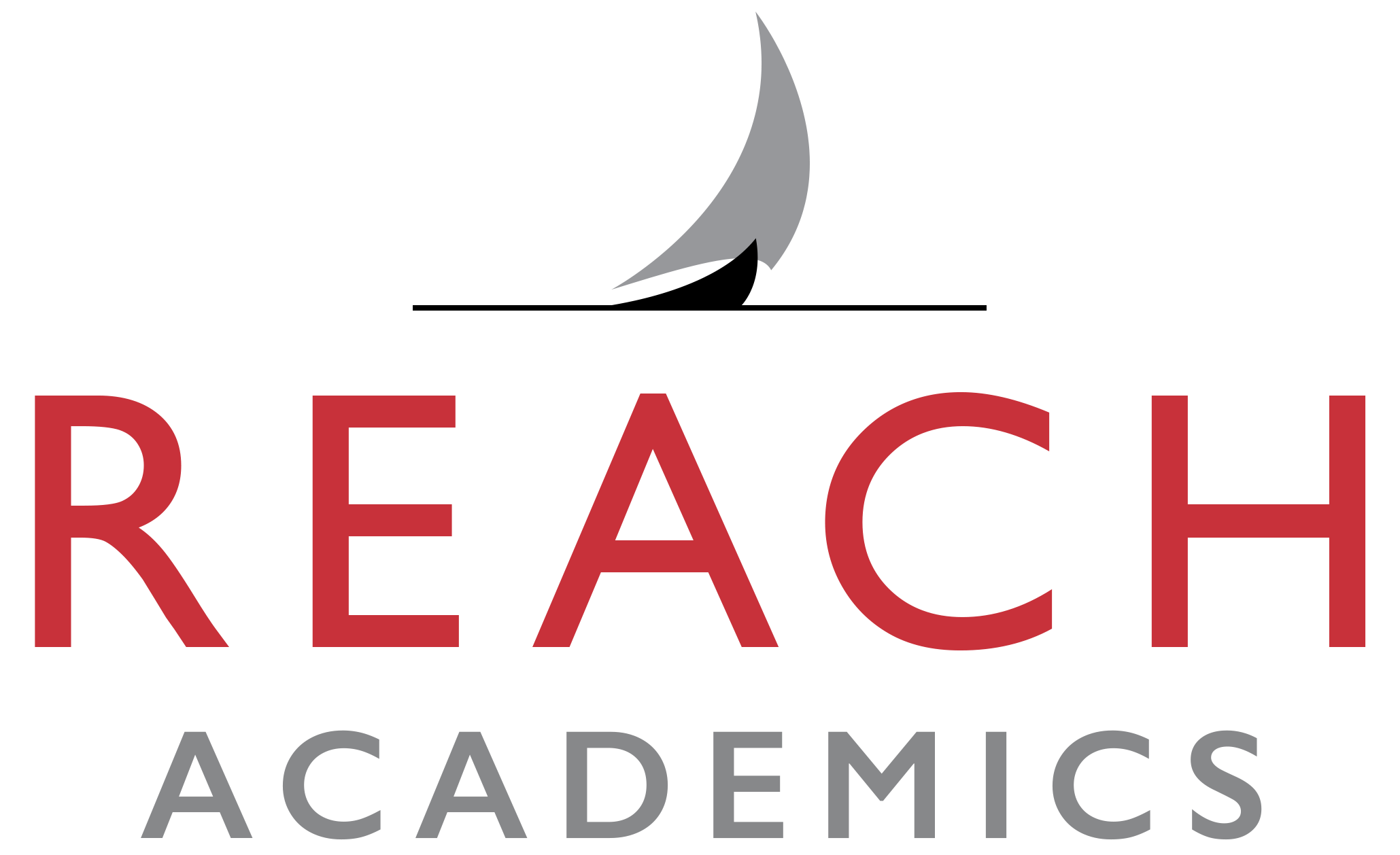Believe in Me
Just recently, I found myself sharing a plane with about 40 British high school students. They sat in the middle section and did what teenagers do: they conversed, played video games, watched videos from their school trip to Rome, and read books.
Naturally, I decided it would be a great idea to get out of my cushy coach-class seat and speak with them, because that’s what every adult traveler does on a three-hour flight with schoolchildren.
After getting permission from their teacher, I broke the ice with the handful of students sitting across the aisle and asked them a question that I’ve asked a thousand times before. “Who’s your favorite teacher? No names.”
Predictably, they answered with names and immediately covered their mouths because they broke the rules. But the students knew the names because every kid knows who their favorite teacher is. It’s seems like the easiest question out there because the answer seems so immediately obvious.
Yet I know from my numerous student interviews that the true answer is anything but. So I ended up teaching them a little lesson about how the first answer might not always be the correct one.
I said, “Describe that teacher. Use adjectives.”
At this point, they gave the universal signal of teenage interest: they removed an ear bud.
The teacher is nice…funny…hard but not too hard…”
“But Mr. Grimsy’s hard.” A girl interrupted.
“I said no names.”
“I mean – the biology teacher. He’s very hard. But he’s my favorite.”
“Actually, he’s mine, too.” A boy chimed in. The other students are nodding.
“He’s hard but he wants us to get it. He makes us work hard but he also works hard.”
“He knows we can do the work. And he shows it.” A chorus of “yeah, yeah’s” confirms this insight.
In my book, Time to Teach: Time to Reach – Expert Teachers Give Voice to the Power of Relational Teaching, I interview Henry, a 6th grade student from Los Angeles, who emphasizes the importance of belief in the classroom when he says, “I think the teacher should sort of be like a sports coach. He’s trying to push you to get you into better shape for the academics. He doesn’t care about your academics as much as he really cares about pushing you to your limits.”
We rarely discuss the role of belief in schools. Yet belief is an essential part of the ecosystem. Students look to their teachers to be their mentors and motivators. They want to be validated for their effort, thoughts, and ideas. They are hungry for people to believe in and for people who believe in them.
Teachers, also, want to be believed in for the work they do to motivate, challenge and explore…the relational work that cannot be gauged from standardized test scores.
In order to believe in someone or something, you must have trust, which takes time to cultivate and a nanosecond to break. Trust requires safety, and the world outside can at times feel remarkably unstable.
But schools could become havens for belief in everyone’s potential. They could be lauded for the positive growth that results when students are challenged to succeed. They could be spotlighted for prioritizing individual connection. They could be respected for the relational communities they strive to become.
As I state in Time to Teach: Time to Reach, “There is comfort to connection. Yet there also is power.” Envision a future where schools prioritize the relational side of teaching and learning by providing time for teachers to connect with their students. Imagine the power that is generated from such connection. The learning would improve because the teacher would be emboldened to challenge her students. Improved learning would result because the teacher has been able to take the time to build a trust-based connection.
The students on the plane verbalized this when they spoke about Mr.Grimsy. Here was a teacher who was not merely liked but also respected for his ability to communicate belief in his students. Much like the airline pilots holding our lives in their hands, Mr. Grimsy was unconditionally trusted to make the correct decisions and recalibrate when necessary. His students believed in his expertise, instinct, and knowledge. They communicated this by rising to his challenges.
It is time to value belief as an essential component of teaching and learning. It is time to build relational schools that both challenge and inspire. It is time to prioritize time as a commodity for connection because everyone—student and teacher—rises when they feel believed in.
